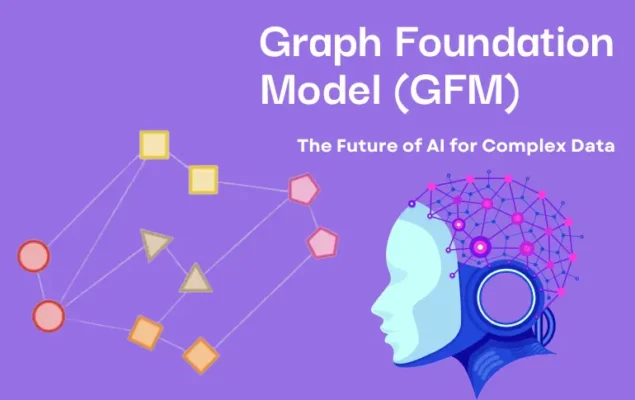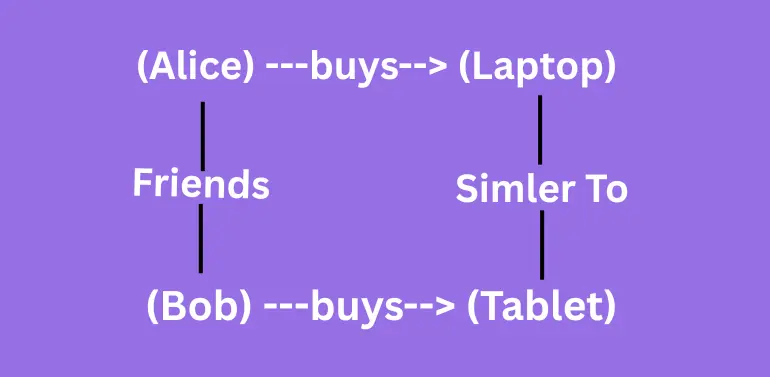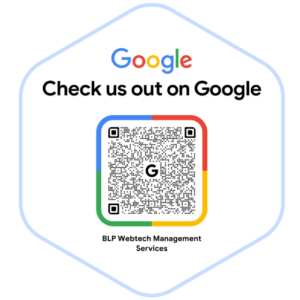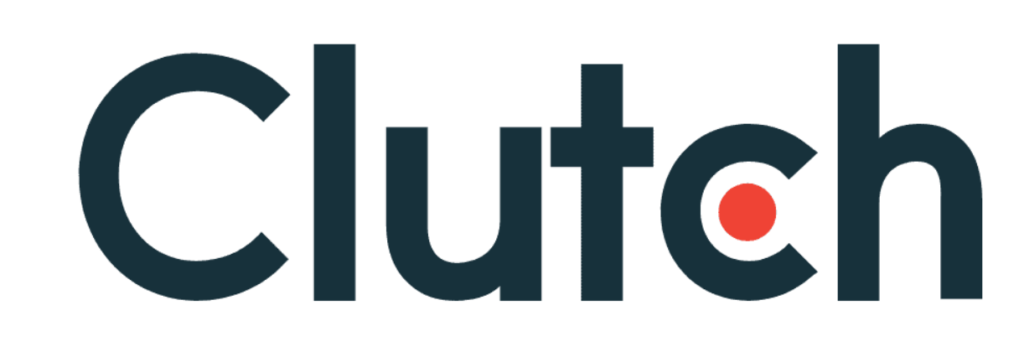
Artificial Intelligence (AI) is evolving rapidly, but one challenge remains: how do we make machines truly understand the relationships between data points?
Think about it your social network, financial transactions, supply chain networks, or even molecules in medicine they all form connected systems. Traditional AI models focus on text, images, or numbers in isolation, but real-world data is rarely that simple.
That’s where the Graph Foundation Model (GFM) comes in. It’s designed to work with graph-structured data data that focuses on nodes (entities) and edges (relationships). By capturing these connections, GFMs provide deeper insights that text-based or image-based models often miss.
Here we’ll explore what Graph Foundation Models are, how they work, their applications, benefits, challenges, and future potential. Plus, we’ll include a simple graph and chart to help you visualize the concepts better.
What is a Graph Foundation Model?
A Graph Foundation Model is an AI system built to learn patterns from graphs structures made up of nodes (things) and edges (relationships).
-
Nodes = entities (like people, products, or proteins).
-
Edges = relationships between those entities (friendships, purchases, interactions).
Unlike large language models (LLMs) that focus on words and sentences, GFMs excel at analyzing how things are connected.
Example:
-
In e-commerce: A GFM can find hidden relationships between customer preferences and products.
-
In healthcare: It can discover how proteins interact in a biological network, aiding drug discovery.
In simple terms: A GFM doesn’t just look at data points, it looks at the web of connections between them.
How Does the Graph Foundation Model Work?
The GFM uses graph-based deep learning methods like Graph Neural Networks (GNNs) and transformers to understand relationships at scale.
Here’s a simplified breakdown:
-
Data Collection – Large-scale graph datasets are gathered (e.g., social networks, knowledge graphs, molecular structures).
-
Representation Learning – Each node and edge is converted into mathematical vectors.
-
Pattern Recognition – The model learns common structures, like clusters, hierarchies, or anomalies.
-
Generalization – Once trained, it can be applied to new domains (like moving from finance graphs to healthcare graphs).
Simple Visualization: How Graph Foundation Model Sees Data
Imagine a graph of people buying products:

-
Alice and Bob are nodes.
-
Their friendship is an edge.
-
Purchases create another edge.
The GFM doesn’t just see Alice and Bob as buyers. It understands that because Alice and Bob are friends and share buying habits, Bob might also be interested in the laptop Alice bought.
That’s smarter than simple “people who bought this also bought that” logic it’s relationship intelligence.
Applications of Graph Foundation Models
Graph Foundation Models are versatile and impactful across industries.
1. Business and Finance
-
Fraud Detection: Spot suspicious transactions by analyzing hidden connections in financial networks.
-
Customer Insights: Improve recommendation systems by linking customer behaviors.
2. Healthcare & Pharma
-
Drug Discovery: Map molecular interactions to identify potential new medicines.
-
Disease Research: Understand how genes and proteins interact in disease networks.
3. E-commerce & Tech
-
Recommendation Engines: Provide personalized product suggestions.
-
Semantic Search: Deliver more context-aware search results by understanding data relationships.
4. Cybersecurity
-
Threat Detection: Identify patterns in network traffic to prevent cyber attacks.
-
Anomaly Detection: Spot unusual activities in real-time.
5. Enterprise Data Management
-
Connect structured (databases) and unstructured (documents, emails) data.
-
Build knowledge graphs for smarter decision-making.
Chart Idea: Applications of GFM by Industry
| Industry | Key Application | Impact Level (1–10) |
|---|---|---|
| Finance | Fraud detection | 10 |
| Healthcare | Drug discovery | 9 |
| E-commerce | Recommendation engines | 8 |
| Cybersecurity | Threat detection | 9 |
| Enterprise Data | Knowledge graph integration | 7 |
This chart shows where GFMs are creating the biggest impact today.
Benefits of Graph Foundation Models
-
Understand Complex Relationships
-
Goes beyond “flat” data analysis to reveal connections humans might miss.
-
-
Improved Accuracy in Predictions
-
Smarter recommendations, faster fraud detection, better search results.
-
-
Scalability
-
Handles millions (or billions) of nodes and edges.
-
-
Versatility Across Domains
-
From healthcare to finance to cybersecurity — works wherever relationships matter.
-
-
Enhanced Enterprise Knowledge Management
-
Helps businesses build holistic views of data by linking scattered information.
-
Challenges and Limitations
Even though GFMs are powerful, they’re not perfect:
-
Computational Cost: Training GFMs requires heavy processing power.
-
Data Privacy Concerns: Sensitive connections (like social or medical data) raise ethical issues.
-
Complexity: Requires specialized graph data science expertise.
-
Standardization Issues: No universal framework yet for deploying GFMs at scale.
Future of Graph Foundation Models
Looking ahead, Graph Foundation Models could revolutionize AI in three major ways:
-
AI Reasoning & Explainability
-
GFMs make AI more explainable since they show why two things are connected.
-
-
Enterprise-Grade Adoption
-
As data-driven decisions grow, businesses will adopt GFMs to gain a competitive edge.
-
-
Integration with Other Models
-
Combining GFMs with LLMs could create hybrid systems that understand both text and relationships.
-
In the future, we may not just have AI that “answers questions,” but AI that “reasons through networks” like a human brain.
Conclusion
The Graph Foundation Model is a game-changer in the AI landscape. By focusing on relationships, not just isolated data points, it helps businesses, researchers, and technologists unlock deeper insights.
Whether it’s detecting fraud, discovering new medicines, or making better product recommendations, GFMs are setting the stage for the next generation of intelligent systems.
FAQs
Q1. What is a Graph Foundation Model in AI?
A Graph Foundation Model is an AI model built to learn from graph-structured data (nodes + relationships) instead of plain text or images.
Q2. How is a Graph Foundation Model different from other foundation models?
Unlike text/image models, GFMs specialize in analyzing connections and networks, making them powerful for tasks like fraud detection and drug discovery.
Q3. What are the real-world applications of Graph Foundation Models?
They’re used in finance (fraud detection), healthcare (drug discovery), e-commerce (recommendation systems), and cybersecurity (threat detection).
Q4. What industries benefit most from Graph Foundation Models?
Finance, healthcare, e-commerce, IT, and enterprises that rely on interconnected data systems.
Q5. What is the future of Graph Foundation Models?
GFMs will likely be central to enterprise AI adoption, powering reasoning, knowledge management, and smarter AI systems.





